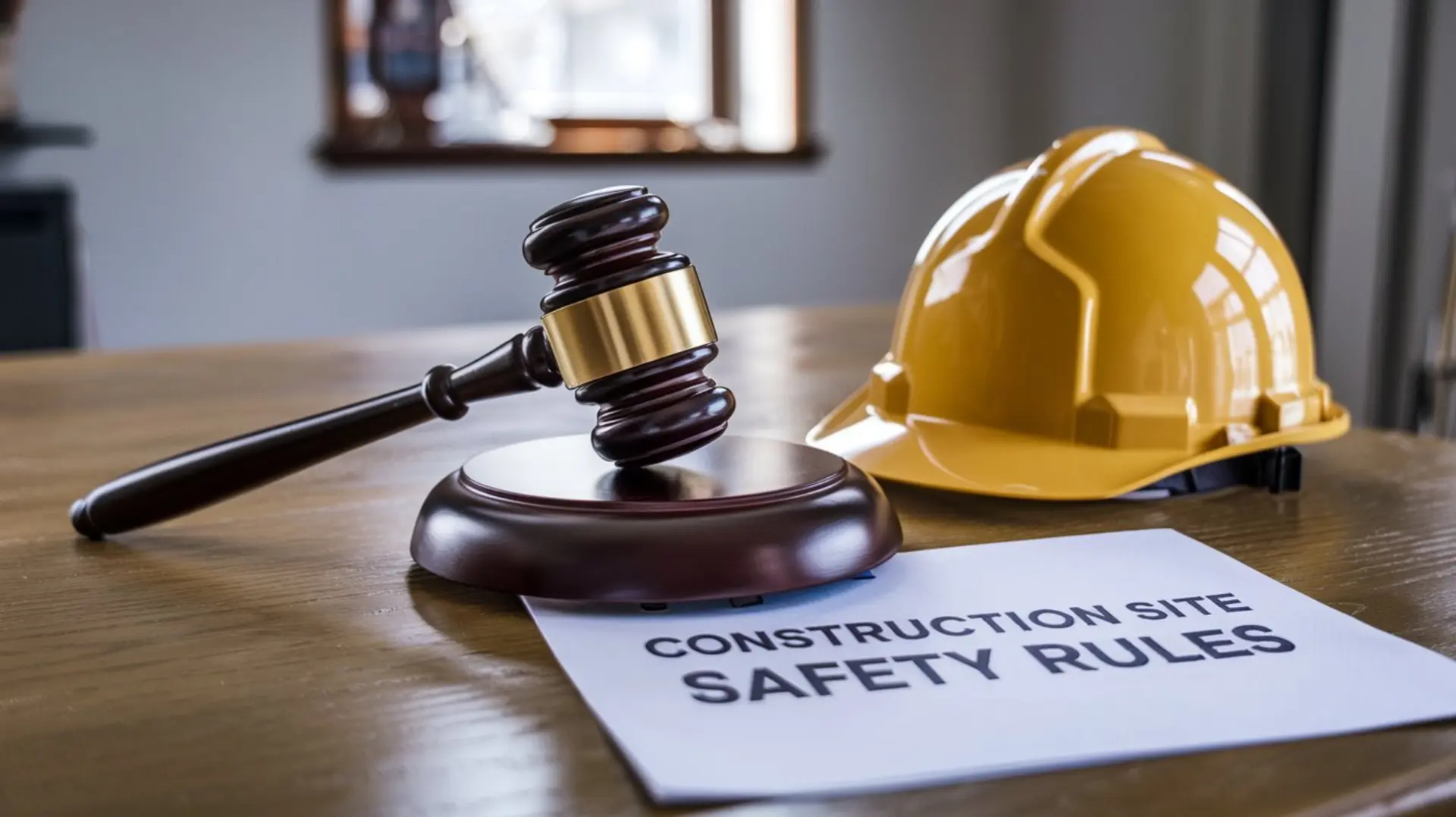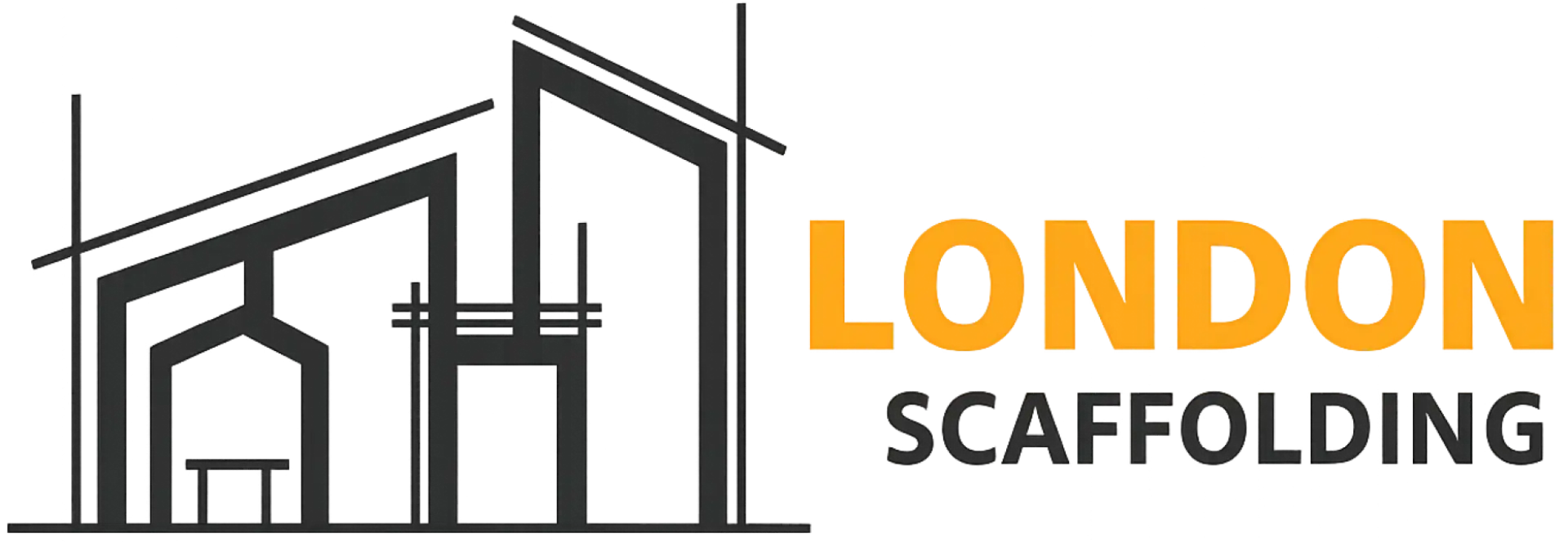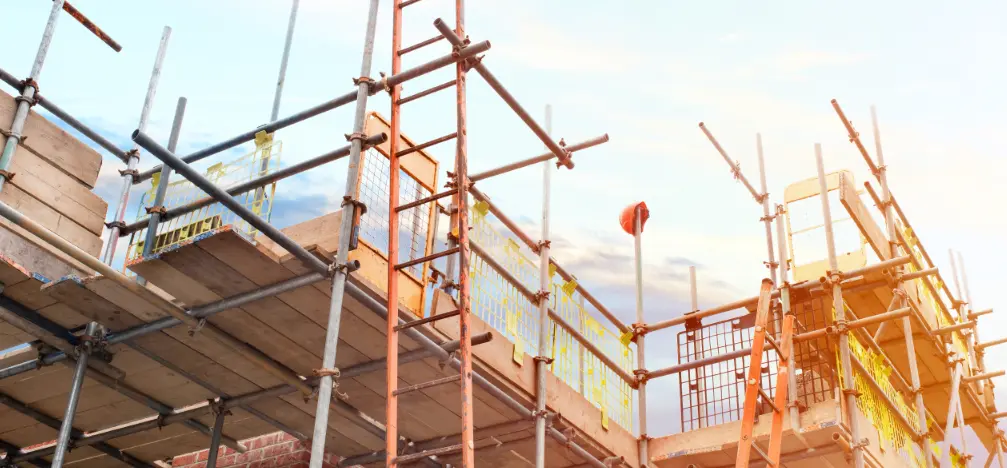Key Safety Standards
In the United Kingdom, there are exactly two main standards for safety netting, and it is known as BS EN 1263, which is divided into two parts. BS EN 1263-1 sets out the requirements for the materials, strength, and design of the nets. This way, we can make sure that the netting is made from high-quality fibres that can withstand heavy impacts and harsh weather conditions. Each net must be tested for energy absorption and labelled with its class and performance level.
BS EN 1263-2 covers the installation and positioning of safety nets. It provides guidance on how nets should be secured, supported, and checked before use. It also explains how close nets must be to the working area to limit the distance a person or object could fall. Following these standards will help your construction company meet all the necessary legal duties under UK Health and Safety Executive (HSE) regulations.
Legal Responsibilities
Construction companies have a major legal duty, and that is to protect everyone on site, including workers, visitors, and the general public who may pass by your site on a frequent basis. When it comes to safety netting, employers must make sure that all equipment is properly installed, maintained, and used according to recognised standards. These responsibilities are set out by the UK HSE (Health and Safety Executive) under the Health and Safety at Work Act of 1974 and related construction regulations.
All employers on-site must carry out a risk assessment before work begins to decide where safety netting is needed and what type is most suitable. They are also responsible for making sure that all your new installations are carried out by trained and competent professionals who follow BS EN 1263 standards. Any damaged or worn nets must be replaced immediately to prevent accidents.

Frequent inspections and record keeping are also necessary. Site managers must check that nets are securely fitted and capable of withstanding impact. Such checks should always be documented and kept as proof of compliance with safety laws. Workers also have a role to play. They must follow all the existing safety rules, report any hazards, and avoid tampering with safety equipment. By working together, employers and employees can maintain a safe environment and meet all legal responsibilities.
Failing to follow these duties can lead to serious consequences, including fines, work stoppages, or legal action. More importantly, it puts lives at risk. Meeting legal responsibilities for safety netting is not just about following the law; it is about making sure everyone goes home safely at the end of the day.
Installation Requirements
Before installation begins, a risk assessment must be carried out to identify where safety nets are needed and what type should be used. The netting must be installed as close as possible to the working level to reduce the distance a person or object could fall. The smaller the fall distance, the safer the site will be. Safety nets should only be fitted by well-trained and competent installers who understand the correct anchoring and tensioning methods. The nets must be attached to strong, secure structures using approved fittings such as hooks, ropes, or clamps. Each fixing point must be able to support the load it could face during a fall. Improper installations can often reduce the net’s strength and make it quite unsafe.
The entire system should then be thoroughly inspected and tested before any form of use. The inspection checks that the nets are correctly fitted, tensioned, and free from defects or significant damage. Once approved, the installation should be recorded, including details such as the date, location, and name of the installer.
Training and Competence
Everyone involved in selecting, installing, inspecting, or maintaining safety nets must have the right knowledge and skills to carry out their tasks safely. This allows the netting to perform as intended and meets all safety regulations. Under UK Health and Safety Executive (HSE) guidelines, employers are responsible for making sure that only trained and competent personnel handle safety netting. Installers must complete some of the most recognised training programmes, which are typically those approved by the Fall Arrest Safety Equipment Training (FASET) organisation. These courses cover a number of topics, like correct installation methods, inspection procedures, load testing, and rescue planning.

Competence is more than just attending the courses; it means having practical experience and understanding the risks involved in working at height. A competent person should be able to recognise hazards, check for defects, and ensure that all equipment meets the requirements of BS EN 1263 standards.
Site managers also play an important role. They must closely supervise any and all installations, they must also keep records of training and inspections, and make sure that anyone working near safety nets understands how to use them correctly. Lots of refresher training should be supplied to keep skills up to date, especially when new types of equipment or techniques are introduced.
Consequences of Non-Compliance
If inspectors find that safety netting has not been installed, maintained, or used correctly, they can issue improvement or prohibition notices. In more serious cases, companies may face prosecution under the Health and Safety at Work Act 1974 or the Work at Height Regulations 2005. Legal penalties can include large fines or, in extreme cases, imprisonment for those responsible. Beyond the legal costs, non-compliance can cause project delays, increased insurance premiums, and the loss of future work contracts. These outcomes can severely affect a company’s financial stability and public image.
The most serious consequence, however, is the potential for injury or death. Without any proper safety netting installed, your workers are exposed to avoidable risks that could cause life-changing accidents. Every major incident affects the individuals involved, but also their families, colleagues, and the wider construction team.
At London Scaffolding, we can supply, erect and inspect safe scaffolding structures. Whether you need supported, suspended, cantilever or mobile towers, or specific features for enhanced safety, such as safety netting, give us a call. We can provide what you need.

